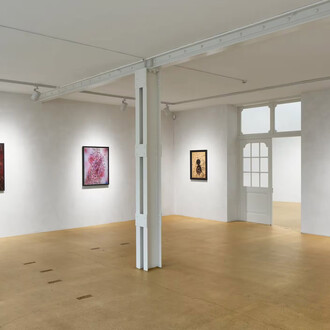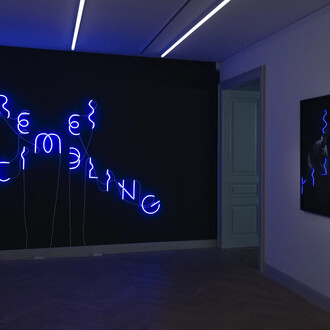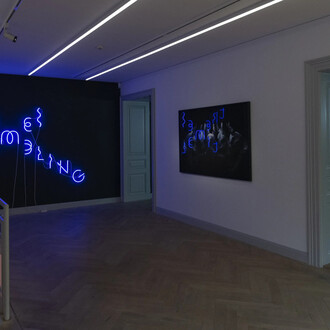With the exhibition, «Tadeusz Kantor: Où sont les neiges d'antan», Museum Tinguely presents one of Poland’s most important theatre and visual artists of the 20th century with one of his expansive works for the stage. Tadeusz Kantor’s (1915-1990) independent underground theatre, devoted to the reality of everyday life and often critically concerned with Poland's suppressed history, is still influential for a young generation of theatre artists today.
It is seen as a model of radical, pan-disciplinary theatre experiments, as well as the abolition of the difference between stage and auditorium. Above all, Kantor exploded the boundaries of classical theatre as he stood on stage, as director, in the midst of his actors, giving instructions, intervening, and thus becoming a foreign body in the ensemble. Part of his artistic practice was the reuse of objects. Old and damaged things are his ‹natural› medium and the motif of death is one of the most important themes in his works.
The current exhibition at Museum Tinguely presents objects and costumes from Où sont les neiges d'antan. They are accompanied by the screening of a rehearsal of the performance, filmed on the eve of its Polish premiere in 1984 at the Stodoła Students’ Club in Warsaw by Andrzej Sapija. Drawings and sketches by Tadeusz Kantor are juxtaposed with photographic documentation and posters.
Playing a Jewish song, The Trumpet of the Last Judgement from Tadeusz Kantor’s performance, opens up a dialogue surrounding the theme of the Dance of Death with Jean Tinguely’s installation Mengele – Dance of Death (1986). The sounds of a past tragedy heard from the next room, where Tinguely’s work is displayed, seem to anticipate the activation of Kantor’s machine – a trumpet announcing the imminent end. Tinguely’s work was made chiefly out of the remains of a burned-down farm.
Jean Tinguely and Tadeusz Kantor met around 1960 through Theodor Ahrenberg, a Swedish collector settled in Chexbres. Both artists blended their personal history with the cultural memory in their works. Tinguely and Kantor shared the same interest in process-related art and hybrid media, attempting to break down categories and boundaries between art and real life. Nevertheless, the two artists produced works that were ideologically very remote from each other.
















